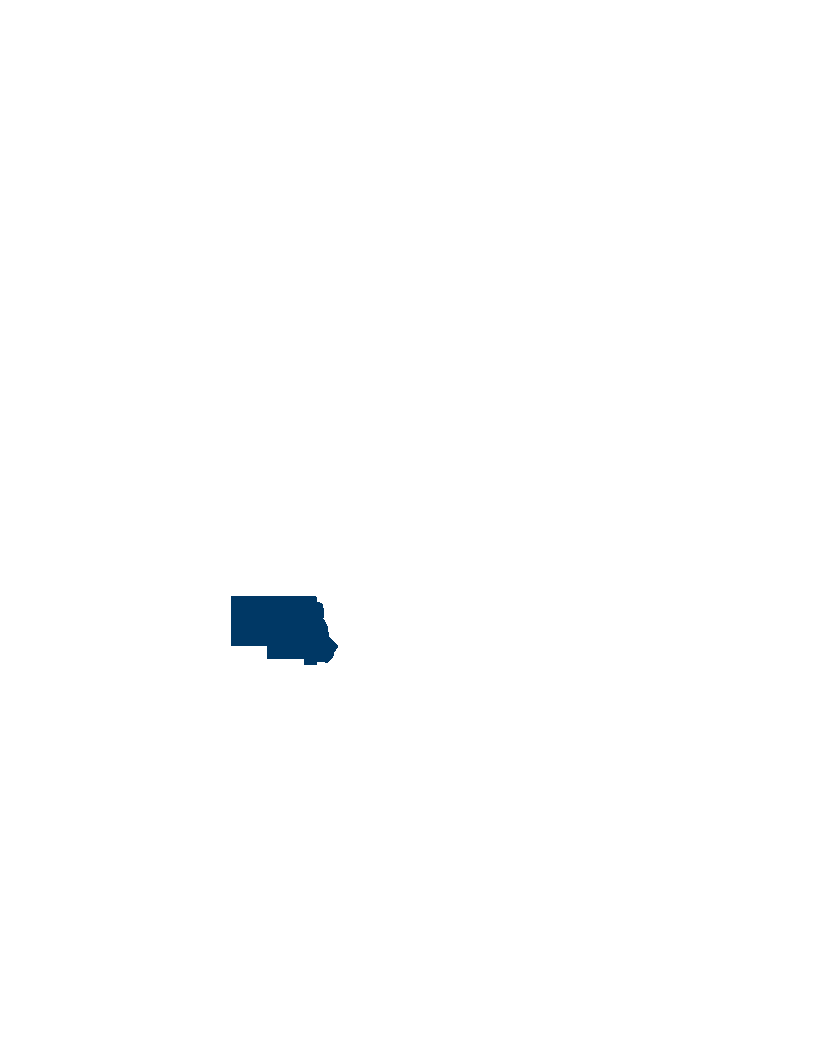DNR Grasslands - Phase IX
We restored and enhanced a total of 40,539 grassland acres with 446 activities on Wildlife Management Areas, Scientific and Natural Areas, Native Prairie Bank easements, Waterfowl Production Areas, and National Wildlife Refuges.
We select projects using a number of criteria and reviews to make sure the DNR and our federal partners, the USFWS, were spending these funds in the best and most productive ways. We can summarize our results in the following table.
Brome conversion 76
Interseeding 51
Grassland restoration 1,191
Prescribed Fire 36,079
Herbaceous Invasive Control 1,503
Goat Browsing - woody removal281
Woody Removal 1,358
TOTAL 40,539
This appropriation involved the Southeast Roving Crews. These Crews allow the DNR to be very flexible. While they have a list of projects to work on, they can also respond fairly quickly if there's an enhancement opportunity shows up. For instance, a short dry period in a part of the state may allow them to conduct a late summer prescribed fire which was not in any of the original work plans. Roving Crews have begun experimenting with different burn seasons. The DNR will be hosting a workshop later this fall to discuss the science and management behind seasonal burns so that all staff and partners can continue to learn new applications for old tools.
This appropriation included a partnership with the USFWS. They were able to bring in 'detailers', federal crews from outside MN to dramatically enhance their capacity and ability to enhance wildlife habitat on WPAs and Refuges. The final acres reported here are reduced from our recent Status Updates. In further conversations with the USFWS, we calculated the number of detailers, number of in-state fire staff, and pro-rated the acres to account for this ratio.
We were also able to experiment with goat browsing in the SE to control buckthorn. SNA staff will monitor these sites over the coming years. This may provide a way to reduce chemical use and integrate some new and emerging agricultural practices, goats, into habitat management for the benefit of wildlife and the agricultural economy.
The DNR has traditionally focused on game species such as pheasants. However, there is more and more interest in pollinators and biodiversity. Fortunately, just about every study out there shows that management and restoration for pollinators and songbirds often creates the best habitat for game species. Diverse, healthy, productive habitat is good for a wide range of species. These projects can also increase the amount of carbon absorbed and stored by the plants and soils on these sites.
As we continue to use these funds, costs for projects will probably increase. In the early years of these funds, we completed a number of simpler or easier projects, the low-hanging fruit. Now we are left with the larger and more challenging projects.
In our budget table, we prorated our budget for individual projects by the acres accomplished. Staff funding was combined into one value. Identifying funding for each position would be an accounting challenge.
$3,950,000 in the first year is to the commissioner of natural resources to accelerate the restoration and enhancement of prairies, grasslands, and savannas on wildlife management areas, scientific and natural areas, Native Prairie Bank land, bluff prairies on State Forest land in southeastern Minnesota, and United States Fish and Wildlife Service waterfowl production area and refuge lands. A list of proposed land restorations and enhancements must be provided as part of the required accomplishment plan.
Prairie habitats once covered one-third of the state but presently less than 2% remain. Native prairie, other grasslands that provides habitat for wildlife, and wetlands are key components of functional prairie landscapes that have the capacity to adapt to changing environmental conditions. While these appropriation only added 2,085 acres of grassland acres to the state through restoration, these funds enhanced a much larger area. Put in another fashion, we restored and enhanced 69.5 square miles with these funds. That's an area 8.3 by 8.3 miles in area. None of this work was targeted at a specific species of wildlife. We used that approach that diverse productive habitats benefit a wide variety of both game and non-game wildlife species as well as any threatened or endangered species. In our restorations, we use very diverse seed mixes. This is obviously beneficial for pollinators. However, all those insects also create a food base for a large number of wildlife species. The structural diversity all those plant species create in the habitat allow every species to find an ideal niche in the grass as well as accomodates different life history stages of wildlife.






























































